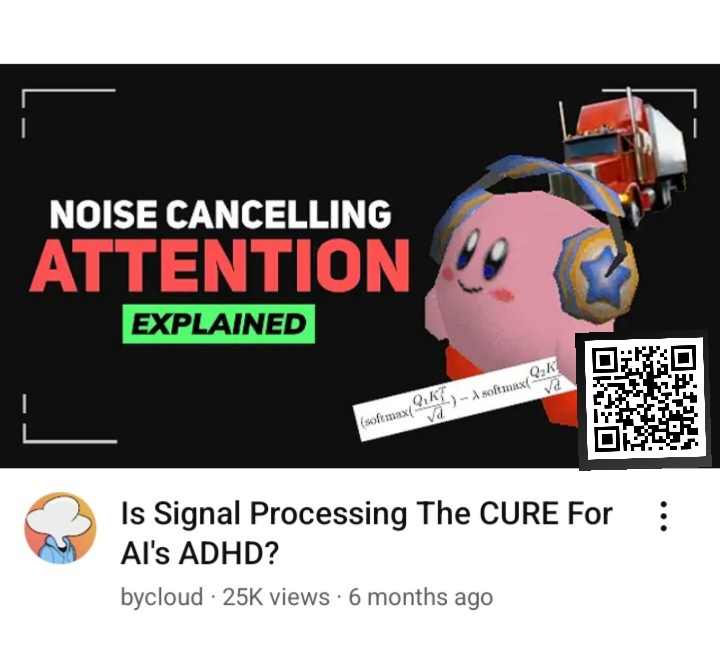Why We Need Asylums: Rethinking Mental Health Care In America

Why We Need Asylums: Rethinking Mental Health Care in America Standing before the abandoned Tinley Park psychiatric facility in Illinois, I'm confronted with a complex piece of American history. This last state-run psychiatric asylum opened in Illinois was built in 1958 on 213 acres with capacity for 3,500 patients and grand aspirations to expand to 5,000. Yet within just a handful of years, this institution became practically obsolete. Its capacity dwindled to only 150 patients until its budget was completely cut in 2012. Now it stands abandoned—a real-life film set for a post-apocalyptic movie. While I won't be going inside (it's illegal and heavily guarded), adventurous explorers have captured images of its doomed interior that look like something out of a horror scene. The crumbling appearance conjures images commonly associated with asylums: lobotomies, straight jackets, padded rooms—a hell hole where people lose their autonomy and are locked away for most ...







